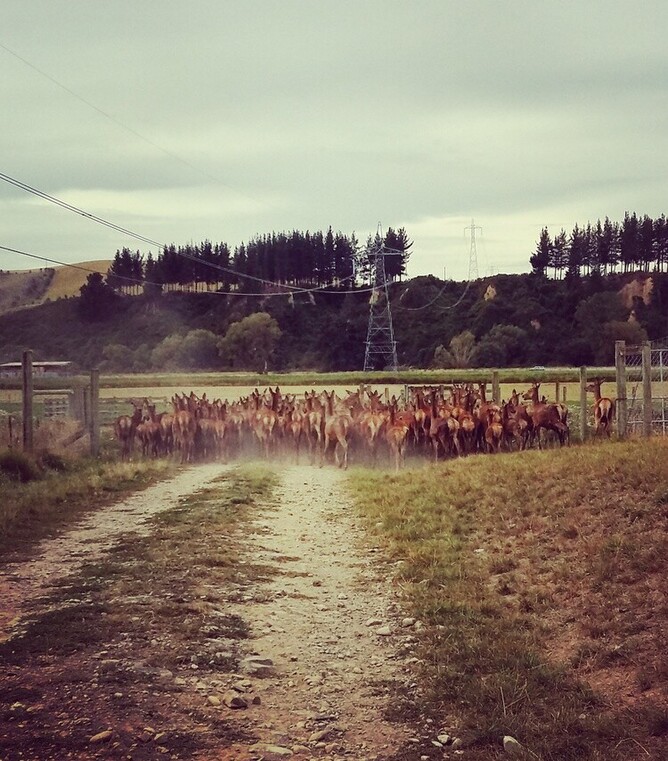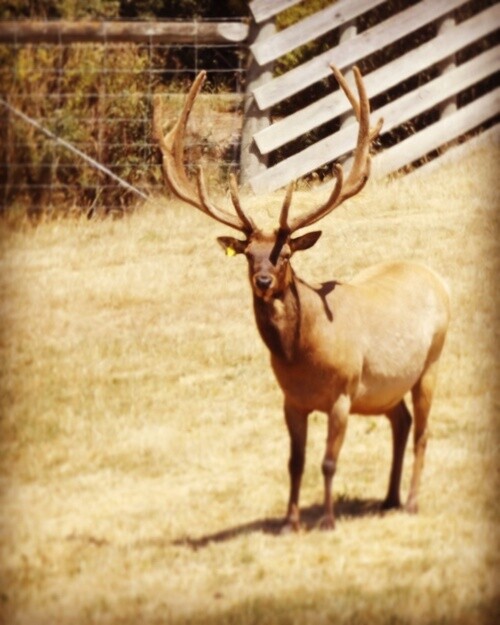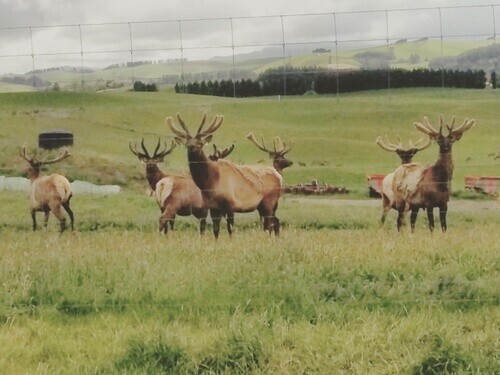The venison industry in New Zealand has had a turbulent history.
The deer industry boomed hugely back in the late 70s-80s when Tim Wallis started doing live captures - individual animals were worth thousands. The popularity has dwindled since then for a number of reasons.
Firstly, deer are a challenging animal to handle. They require specific facilities, in terms of fencing and yards as well as being a challenge to muster and handle in close quarters due to their sensitive flight response.
Secondly the life cycle of the deer is not particularly conducive to the New Zealand climate. Generally, deer are mating during the ‘rut’ or ‘roar’, which can start around mid March to May. The autumnal time of year means the rate of grass growth is slowing and farmers must focus on maintaining the body condition of hinds for effective mating.
Later in the year, fawning occurs around November/December. Coming into the height of summer, grass growth is again slowing down, presenting a challenging pasture budget on farms.
To add to the difficulties of deer farming, the market that often receives the meat is in Europe, in particular Germany. The European season for consumption of game meats is generally September to December, at which time there is also a lot of competition from local markets. As a result, the price returned leaves a bit to be desired receiving $6.20 to $6.50 per kilo in 2015, dropping from $9.20 in 2011.
This is in comparison to velvet, which is popular with Asian markets as the soft antler is seen to have a number of medicinal qualities. The 2014-15 season for velvet was strong as there was significant demand from Korea, then China later in the year. The average price for velvet was $125/kg across all grades of the product and has been a reliable market for the past 6 years.
The meat processing company Alliance Group has announced that they're going to trial sending chilled meat into Europe to avoid the clash with the local venison markets. By selling chilled meat, rather than frozen meat, the value of the product is higher.
Could this be a light at the end of a tunnel for deer farmers?
There’s debate that making the sale of venison more accessible year round will reduce the niche appeal and seasonal attraction. Only time will tell if this claim will be true. However, Alliance seem confident that the trial of sending weekly shipments of chilled venison into Belgium, which begins in April, will be successful. “Once we’ve established a template we’ll move into other markets” says Terry O’Connell, Marketing Manager of Alliance Group.
It looks like this will be a positive move for the deer industry; hopefully a wider market will mean the demand will be more widely spread and increase. In turn improving the returns for farmers.
In regards to velvet, the Asian market is one of the largest and most influential markets and many are hopeful the velvet demand will continue to grow.
To follow what's happening on farm find the “Next Generation Deer Farmers” group on Facebook.
Grace Pettit is the Content Marketer for Grass Roots Media NZ. She regularly blogs about Agricultural Industry news, Social Media updates and anything in line with her passions of Horses, Young Farmers and Agriculture.






